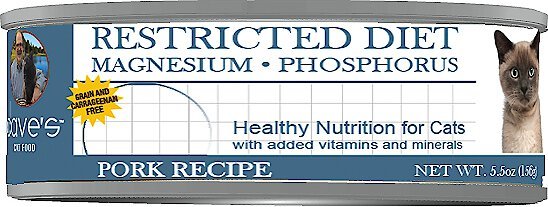Tetra LED Cube Kit 3 Gallon Acrylic and Glass Aquarium, Cube-Shaped Aquarium with Pedestal Base
The Tetra LED Cube Kit provides a beautiful view of your underwater aquarium. The 3-gallon clear, plastic tank fits almost anywhere.
The Tetra LED Cube Kit provides a beautiful view of your underwater aquarium. The 3-gallon clear, plastic tank fits almost anywhere. This complete kit is equipped with a Tetra Whisper air-powered filter and small Bio-Bag cartridges to keep your tank clean and provide a perfect environment for your fish. The kit also features low-voltage, bright-white LED lighting to ensure a bright aquarium and enhance safety, as well as a clear lid with a convenient feeding hole.Small aquariums are a great way to get started in the freshwater fishkeeping hobby, and with any new hobby involving living creatures, it is always best to learn as much as you can. When buying fish, ask your retailer for guidance in choosing the right fish for your size aquarium.Since 1951, Tetra has developed the world?s most comprehensive body of fish food knowledge, and fishkeeping enthusiasts have looked to the brand for products and solutions that add ease and beauty to their home. Whether you’re an experienced hobbyist or just starting out, Tetra has everything you need ? from a large variety of quality fish food and innovative equipment to test kits and decor.
- AQUARIUM KIT: 3-gallon, cube-shaped complete aquarium kit perfect for betta fish, goldfish, guppies or small tropical fish.
- INCLUDES FILTER: Includes air pump-driven Tetra Whisper power filter to keep your tank clean and provide a healthy environment for pet fish.
- STYLISH: Features LED lights to highlight your fish and an attractive pedestal base.
- CONVENIENT: Clear canopy has a hole for easy feeding.
- DIMENSIONS: 10 inches deep x 10 inches wide x 10.
Additional information
| Assembled Product Weight | 6.7 lbs |
|---|---|
| Assembled Product Dimensions (L x W x H) | 10.31 x 11.06 x 17.50 Inches |










by Elaine
Loved it so did my little frog.
by Annie
This is exactly what I wanted. Perfect terrarium, although sure it would also be a good aquarium as its-intended use.
by Cristy
Arrived in perfect condition, everything works. Betta loves his new home!!
by Jessica
Very neat little aquarium. Perfect for my betta.
by Steve
Perfect size for a starter tank. Quiet filter. Easy to assemble. LED lights out off enough light.
by Miranda
Love it. It is a wonderful addition to our other tanks.